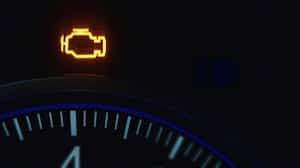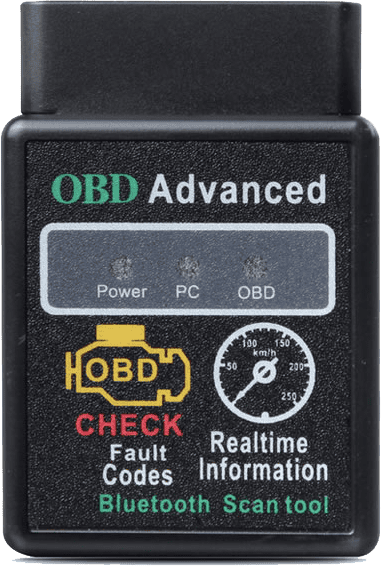Why You Should Not Reset the “Check Hybrid System” Warning Light

Alec Sharma
Founder of iHybrid Battery
Modern hybrid vehicles are marvels of engineering, combining internal combustion engines with electric motors to deliver fuel efficiency and eco-friendliness. However, like any sophisticated system, they require proper maintenance. One of the most critical alerts you may encounter in a hybrid vehicle is the “Check Hybrid System” warning light. While it might be tempting to reset the warning light and move on, this approach can lead to serious consequences. Here’s why you should address the issue instead of ignoring or resetting it.
What Does the "Check Hybrid System" Warning Light Mean?
The “Check Hybrid System” warning light is a notification from your vehicle’s onboard diagnostics system indicating a potential issue with the hybrid components. This could involve:
- The hybrid battery (traction battery).
- The inverter/converter system.
- The electric motor.
- The engine control module (ECM) or hybrid control module (HCM).
- Other electrical or mechanical components in the hybrid system.

Why You Should Not Reset the Warning Light
Underlying Issues
Remain Unresolved
Risk of Complete
System Failure
Ignoring the light could cause the hybrid system to fail entirely while driving, leaving you stranded and possibly damaging other components in the process.
Safety
Concerns
The hybrid system plays a vital role in your vehicle’s overall safety. If a fault is left unaddressed, it could compromise critical functions, such as regenerative braking or power delivery, putting you and other road users at risk.
Damage to the
Hybrid Battery
A failing hybrid battery can generate heat, overwork the system, or result in inconsistent power delivery. Resetting the warning light without resolving the issue may cause irreversible damage to the battery, which is one of the most expensive components of a hybrid vehicle.
Voiding Your
Warranty
If your hybrid vehicle is still under warranty, resetting the warning light without investigating the issue could void your coverage. Manufacturers typically require proper diagnostics and repairs by authorized professionals.
Impact on
Resale Value
Persistent issues in the hybrid system can leave diagnostic footprints, even if you reset the warning light. Prospective buyers or dealerships may uncover these records during an inspection, reducing your car’s resale value.

What Should You Do Instead?

Check for Diagnostic Trouble Codes (DTCs)
Use an OBD-II scanner to retrieve error codes associated with the warning light. These codes provide insight into the exact problem with the hybrid system.

Visit a Certified Mechanic
Take your vehicle to a mechanic or dealership experienced in hybrid systems. They have the tools and expertise to diagnose and repair complex hybrid components.

Address Issues Promptly
Once the issue is identified, resolve it immediately to prevent further damage or safety risks.

Regular Maintenance
Preventive care, such as periodic hybrid battery checks, software updates, and system inspections, can help avoid unexpected warning lights.
Real-World Example: Ignoring the Warning Light Led to Costly Repairs
Case 1: Trouble code P0A84
A driver of a hybrid vehicle noticed the “Check Hybrid System” warning light but decided to reset it using an OBD-II scanner, assuming it was a minor issue. Over time, the vehicle began experiencing reduced performance, culminating in a complete system failure on the road. Upon inspection, it was discovered that the hybrid battery had been overheating due to a faulty cooling fan. The repairs cost over $4,000, which could have been avoided with a $150 fan replacement had the issue been addressed earlier.
Case 2: Trouble code P0A80
Trouble Code P0A80 is a common diagnostic trouble code (DTC) in hybrid vehicles, indicating that the hybrid battery pack has deteriorated and needs replacement. This is a critical warning, and ignoring or simply resetting the code without addressing the underlying issue can lead to serious consequences. This code if resetted numerous time will cause the battery to get completely destroyed and at one point it cannot be reset anymore or car wont start

Conclusion
The “Check Hybrid System” warning light is a crucial alert designed to protect your vehicle and ensure its efficiency and safety. Resetting the warning light without addressing the root cause is a risky move that can lead to expensive repairs, safety hazards, and reduced vehicle performance. When this light triggers, treat it as a call to action. Prioritize proper diagnostics and repairs to keep your hybrid running smoothly for years to come.
By taking timely action, you not only safeguard your investment but also contribute to a more sustainable driving experience.


 Customer Help
Customer Help